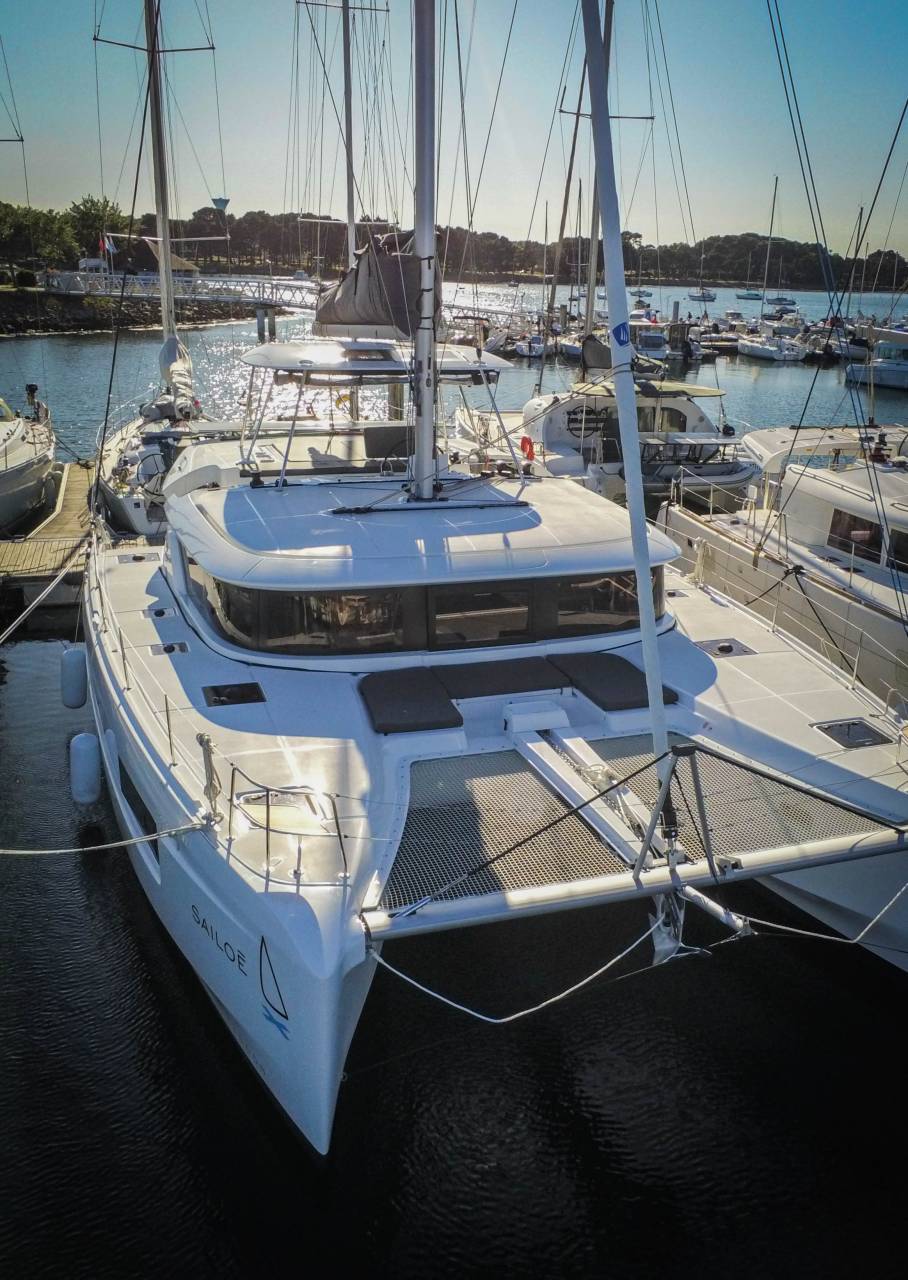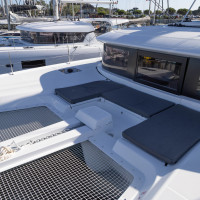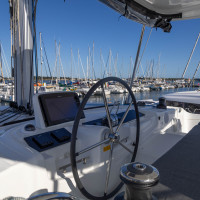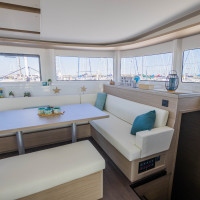Sailing on a catamaran is a unique experience, offering various sensations and moments of relaxation. However, to fully enjoy this adventure, it is crucial to consider onboard safety and be familiar with essential actions to prevent incidents. In this article, we will present the key aspects of safety while sailing and the measures to ensure the well-being of all passengers.
Understanding the Catamaran's Characteristics
Before renting a catamaran, it's important to understand its specific features and differences from other types of boats. This knowledge allows you to develop the right reflexes in case of need:
Stability and Balance: Thanks to its two hulls, a catamaran offers great stability, reducing the risk of capsizing. However, this doesn't exempt you from adhering to specific safety rules to maintain the boat's balance.
Speed: A catamaran can achieve higher speeds than a monohull sailboat, requiring increased vigilance to anticipate obstacles and maneuver accordingly.
Available Space: Due to its width, a catamaran provides more living space than other boats, facilitating movement on board and offering better visibility.
Preparing for Your Voyage
Proper preparation is essential to ensure the safety of your catamaran outing. Several elements need to be considered before heading out to sea:
Safety Equipment: It's crucial to ensure that all safety equipment is on board and in working condition. This includes life jackets for every passenger, a man-overboard alert system (e.g., AIS), a comprehensive first-aid kit, means of communication (VHF, satellite phone, etc.), and signaling devices (flares, whistle, mirror, etc.).
Weather and Navigation Conditions: Being informed about weather forecasts and navigation conditions in the area where you plan to sail is essential. You should also gather information about anchorage areas, ports, and potential shelters along your route.
Adopting the Right Actions Onboard
Beyond preparation, it is crucial to maintain a responsible and vigilant attitude throughout the journey. Here are some key actions to take onboard:
Movement on Board: To prevent falls and slips, it is recommended to move while holding onto handrails, wear non-slip shoes, and avoid running on the deck.
Maneuvers: Maneuvers should be executed with care and in compliance with right-of-way rules. Clear communication with other crew members is also important for coordinating actions.
Sail Management: Handling sails should be done with caution to prevent injuries or incidents. Ensure that people stay clear of lines under tension.
Anchoring: When anchoring, select an appropriate location (sufficiently deep bottom, absence of cables or obstacles) and use the correct length of chain to ensure a secure hold.
Reacting to Emergency Situations
In case of an accident or a critical situation, it's crucial to stay calm and apply the appropriate actions:
Man Overboard: If someone falls overboard, immediately throw a lifebuoy and activate the man-overboard alert system. Then, position the boat for recovery, taking care not to harm the victim.
Fire: Quickly cut off power sources and use the onboard fire extinguishers to contain the fire. Evacuate passengers if necessary and contact emergency services.
Leakage: Identify the source of the leak and attempt temporary sealing. Use bilge pumps to remove water and contact emergency services.
In summary, ensuring onboard safety on a catamaran requires meticulous preparation, a responsible attitude, and knowledge of essential actions in case of emergencies. These elements will enable all passengers to enjoy their nautical experience with peace of mind.









